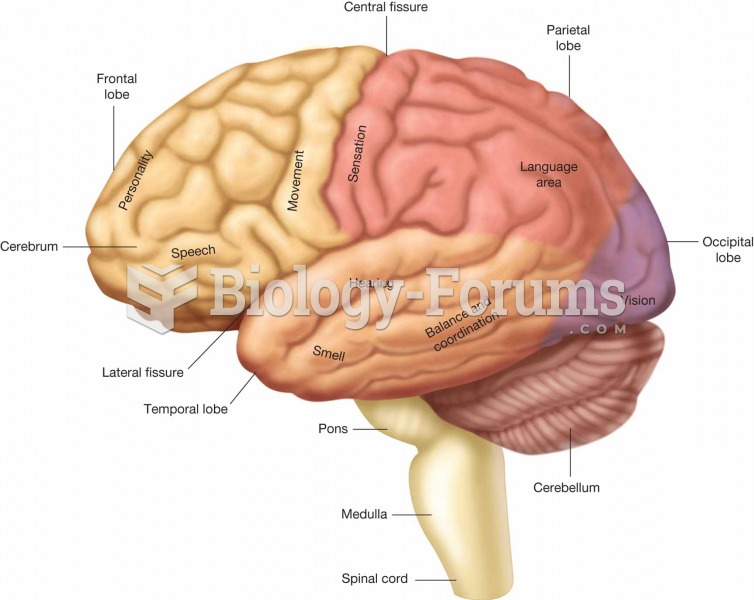Answer to Question 1
Answer: Three educational principles derived from Piagets theory continue to influence teacher training and classroom practices, especially during early childhood.
Discovery learning. In a Piagetian classroom, children are encouraged to discover for themselves through spontaneous interaction with the environment. Instead of presenting ready-made knowledge verbally, teachers provide a rich variety of activities designed to promote exploration, including art, puzzles, table games, dress-up clothing, building blocks, books, measuring tools, natural science tasks, and musical instruments.
Sensitivity to childrens readiness to learn. In a Piagetian classroom, teachers introduce activities that build on childrens current thinking, challenging their incorrect ways of viewing the world. But they do not try to speed up development by imposing new skills before children indicate interest or readiness.
Acceptance of individual differences. Piagets theory assumes that all children go through the same sequence of development, but at different rates. Therefore, teachers must plan activities for individual children and small groups, not just for the whole class. In addition, teachers evaluate educational progress in relation to the childs previous development, rather than on the basis of attaining normative standards.
Answer to Question 2
Answer: Today, many researchers believe that play not only reflects but also contributes to childrens cognitive and social skills. Research reveals that preschoolers who devote more time to sociodramatic play are rated by observers as more socially competent a year later. And make-believe predicts a wide variety of cognitive capacities, including executive function, memory, logical reasoning, language and literacy (including story comprehension and storytelling skills), imagination, creativity, and the ability to reflect on ones own thinking, regulate emotions, and take anothers perspective.
Critics, however, point out that the evidence just summarized is largely correlational, with too many studies failing to control all factors that might alternatively explain their findings. In response, play investigators note that decades of research are consistent with a positive role for make-believe play in development and that new, carefully conducted research strengthens that conclusion. Furthermore, make-believe is difficult to study experimentally, by training children to engage in it. Besides alterations of reality, true make-believe play involves other qualities, including intrinsic motivation (doing it for fun, not to please an adult), positive emotion, and child control.
Finally, much make-believe takes place when adults are not around to observe it. For example, an estimated 25 to 45 percent of preschoolers and young school-age children spend much time creating imaginary companionsspecial fantasized friends endowed with humanlike qualities. Yet more than one-fourth of parents are unaware of their childs invisible friend. Children with imaginary companions display more complex and imaginative make-believe play; more often describe others in terms of their internal states, including desires, thoughts, and emotions; and are more sociable with peers.







